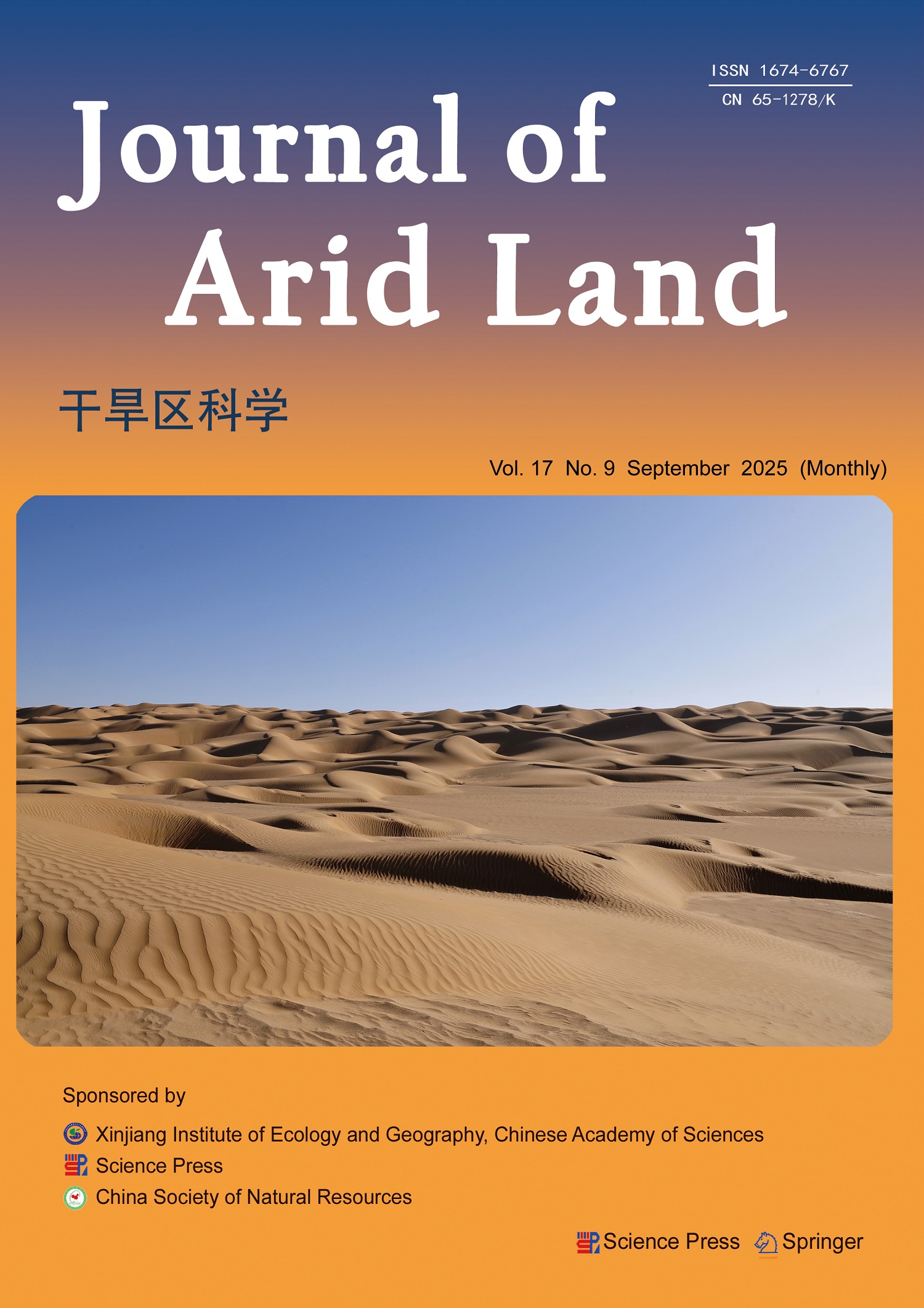|
|
Range extension of four highland agamid lizards in Shimshal Pamir, Pakistan
Babar KHAN, Waseem AHMED, Abdukadir Ablimit, Shamim FAKHRI, Hassan ALI
Journal of Arid Land
2012, 4 (1):
77-84.
DOI: 10.3724/SP.J.1227.2012.00077
As part of the Sino-Pak trans-boundary cooperation for conservation and sustainable development in Pamir border region, World Wild Fund (WWF)-Pakistan conducted a preliminary social, economic and ecological survey in the Shimshal-Pamir Lakes area in July 2009. The purpose of the study was to explore potentials and opportunities for future collaborative conservation of some species, habitats and high altitude ecosystems in the border region between China and Pakistan. The two-week herpetological study in the Shimshal Pamir area of Khunjerab National Park (KNP) along Pakistan-China border was an integral part of the survey, conducted exclusively to document reptilian fauna with a special emphasis on investigating their occurrence, distribution and status in the study area. Field investigations were performed during daytime when it was hot enough and reptiles were active, basking or feeding. A total of 15 specimens belonging to four species of the Agamidae family were captured by striking stones and beating bushes with sticks. Collected specimens were preserved using 10% formalin solution, tagged with field information and stored in Zoological Survey Department, Karachi for future reference. Laboratory investigations were carried out for pholidosic counts and morphometric measurements. A detailed review of relevant literature, habitat characteristics and laboratory investigations revealed the occurrence of Laudakia himalayana, L. pakistanica, L. tuberculata and L. badakhshana at 4,082 m, 4,172 m, 4,005 m and 4,240 m asl, respectively, which are much higher altitudes as compared to the previously reported heights of 3,353 m, 3,200 m, 2,500 m and 2,400 m asl. The terrain offers a variety of ecological barriers, in the form of fast and freezing running waters and massive glaciers with peculiar harsh climatic conditions prevailing for nine months of the year, which restricts species migration and thus increases endemism. Although one of the four species recorded from the study area, i.e. L. pakistanica is endemic to Pakistan, L. tuberculata and L. badakhshana are new records from Shimshal, Pakistan, so a detailed investigation is suggested for further herpetological records from the study area.
Reference |
Related Articles |
Metrics |
Comments(0)
|
|
 IF(JCR): 3.1 (Q2)
IF(JCR): 3.1 (Q2)